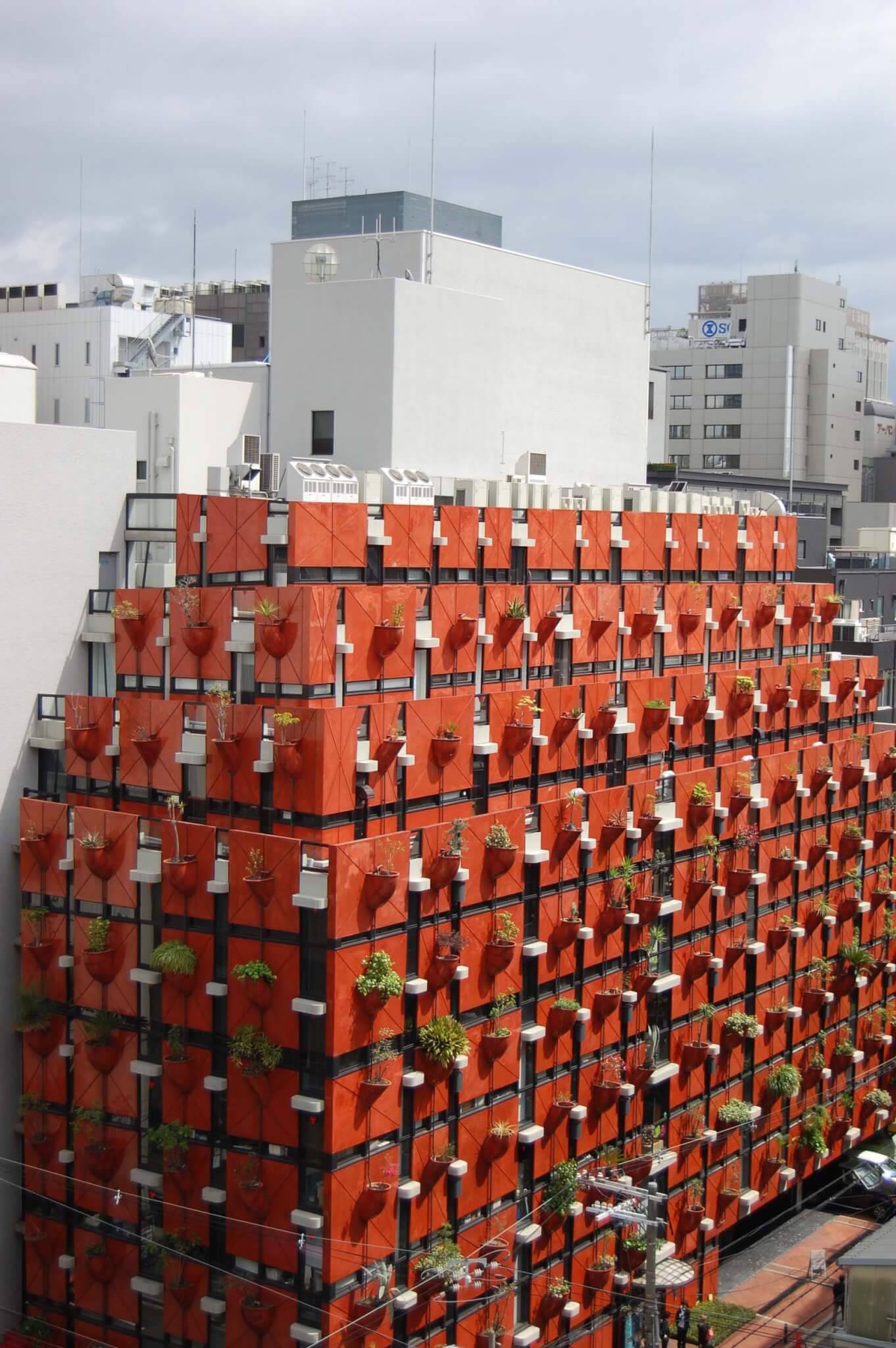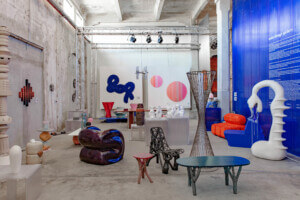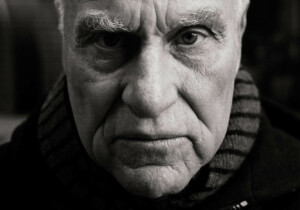A leader of Italy’s Radical Design Movement, architect, designer, and urban planner Gaetano Pesce passed away on April 3 at the age of 84. On April 4, the news was confirmed via an Instagram post from his studio who cited health-related issues, especially in this past year.
Pesce was born in La Spezia, Italy, in 1939, just two months shy of the beginning of World War II. He studied architecture at the University of Venice from 1958 to 1963. Throughout the ‘60s, Pesce was a part of Gruppo N, an early collective that followed the principals of Bauhaus. He then taught architecture at the Institut d’Architecture et d’Etudes Urbaines in Strasbourg, France, for 28 years; at the Carnegie Mellon in Pittsburgh; at the Domus Academy in Milan; at the Polytechinc of Hong Kong; at the Architectural School of São Paulo; and at the Cooper Union in New York. Amongst his built work, his Organic Building of Osaka in Japan from 1990 is perhaps the most well-known. Its rhythmic facade of rounded planters filled with foliage is reflective of the way the architect rejected modernism’s pursuit of purity and rigidity.
View this post on Instagram
Pesce rebelled at every turn, an ethos inherent in his industrial work in particular, beginning in the late ‘60s. Here, the pioneer blurred the line between art and design, experimented with material and color, and dared to ruffle feathers. To AN, he recalled a time in Venice when while with his wife and Peggy Guggenheim he used a Giacometti sculpture for a coat rack, an instance which solidified this approach. “I thought that the sculpture would have bent under the weight of the coats, but it actually resisted. That evening my suspicion that art has always been functional and practical, as well as being the bearer of meanings, was confirmed,” he said.
The 1969 Up5 chair for B&B Italia is a part and parcel of this. The instantly recognizable curvaceous, buxom chair and accompanying spherical ottoman are often read as a mother and child, or ball and chain, a commentary on the lack of freedom afforded to women. That same year he proposed a design to an Italian company of an ashtray in the shape of Christ’s crucified hand so that the ashes could be tapped directly into the bloody crevices—but they declined.
The designer’s approach to modernism, a mix of playfulness and subversion, was a means of reading the world and positing a future. It remains true within his experiments with resin. Since 1987, Pesce experimented with mixing ordinary materials with different additives, like liquid plant resin, to simply the manufacturing process and introduce more affordable items. In 1972, he founded an experimental subdivision within Cassina where he continued riffing on his religious motifs, creating the Golgatha table, which is shaped like a crucifix and dripping with resin-made blood. He’s continued to play with resin in his more recent work, including the colorful Come Stai?’ chairs for Bottega Veneta’s Summer 2023 show in Milan.

His work has been featured in over 30 museums worldwide: the MoMA, Vitra Design Museum in Germany, Victoria & Albert Museum in London, the Pompidou Center, and more. In 1993, he won the Chrysler Award for Innovation and Design. In 2006, he was named the Architektur and Wohnen Designer of the Year. In 2003, he won the Andrée Putman Lifetime Achievement Award.
In his nearly 60-year career Pesce has managed to shape and influence the design world at every turn. Alisa Maria Wronski, who worked closely with the designer as his studio’s former director, honored Pesce’s influence on Instagram, writing: “Gaetano wasn’t just a collaborator; he was an inspiration, a mentor, and a dear friend. His absence leaves a void that can never be filled. Gaetano’s joyful spirit, curiosity, boundless imagination, and vibrant personality left an indelible mark on all that knew him and his work.”
His anticipated exhibition at this year’s Salone del Mobile, entitled Nice To See You – L’uomo stanco, is still scheduled to continue. The show will feature both unreleased and new work made within the last year; all centered around messages to encourage thinking. If it is anything like the architect’s past oeuvre, the exhibition, objects, and themes on display will continue to live on.











